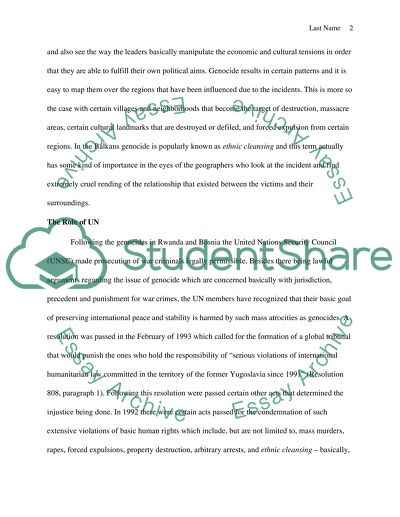Cite this document
(“Genocide in Rwanda and Bosnia Term Paper Example | Topics and Well Written Essays - 2000 words”, n.d.)
Retrieved from https://studentshare.org/history/1393042-genocide-in-rwanda-and-bosnia
Retrieved from https://studentshare.org/history/1393042-genocide-in-rwanda-and-bosnia
(Genocide in Rwanda and Bosnia Term Paper Example | Topics and Well Written Essays - 2000 Words)
https://studentshare.org/history/1393042-genocide-in-rwanda-and-bosnia.
https://studentshare.org/history/1393042-genocide-in-rwanda-and-bosnia.
“Genocide in Rwanda and Bosnia Term Paper Example | Topics and Well Written Essays - 2000 Words”, n.d. https://studentshare.org/history/1393042-genocide-in-rwanda-and-bosnia.


